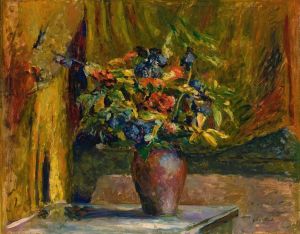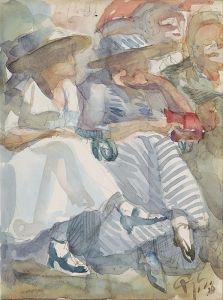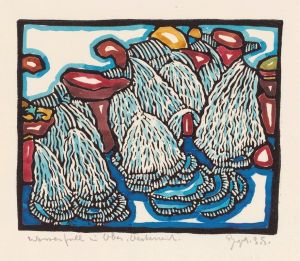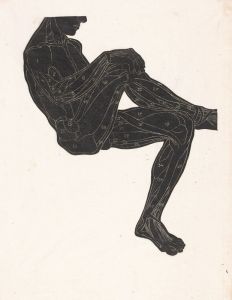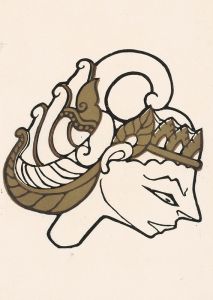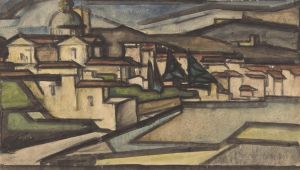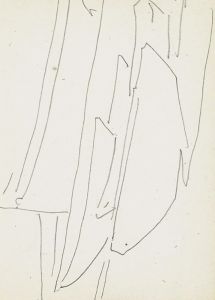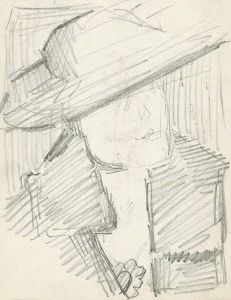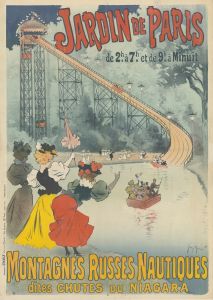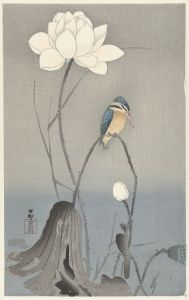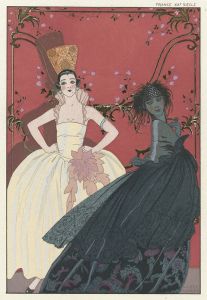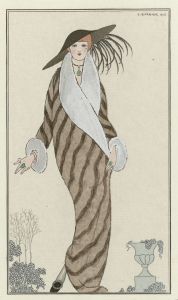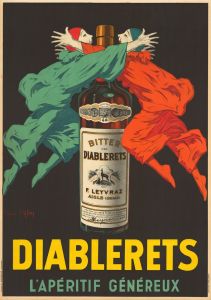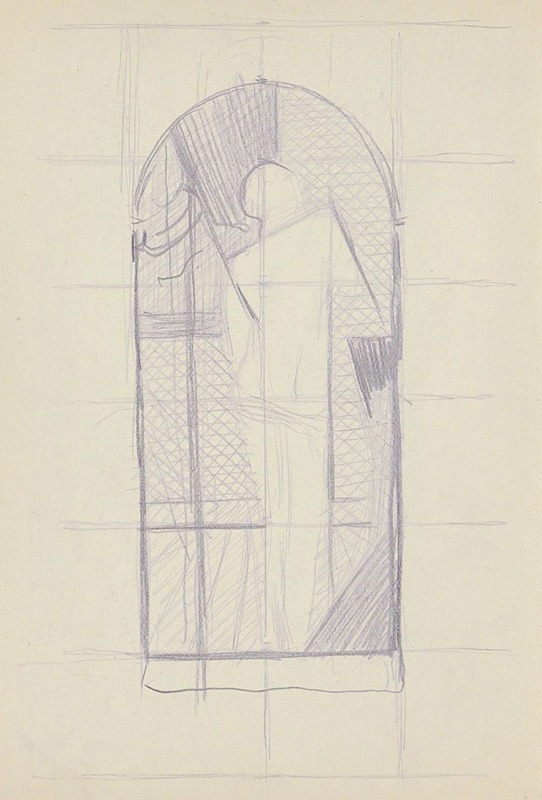
Achterzijde van een staande naakte vrouw
A hand-painted replica of Reijer Stolk’s masterpiece Achterzijde van een staande naakte vrouw, meticulously crafted by professional artists to capture the true essence of the original. Each piece is created with museum-quality canvas and rare mineral pigments, carefully painted by experienced artists with delicate brushstrokes and rich, layered colors to perfectly recreate the texture of the original artwork. Unlike machine-printed reproductions, this hand-painted version brings the painting to life, infused with the artist’s emotions and skill in every stroke. Whether for personal collection or home decoration, it instantly elevates the artistic atmosphere of any space.
Reijer Stolk (1896–1945) was a Dutch artist known for his contributions to graphic art and painting. His works often reflect a strong influence of the early 20th-century art movements, particularly those that emphasize form and structure. One of his notable works is "Achterzijde van een staande naakte vrouw," which translates to "Backside of a Standing Nude Woman." This piece exemplifies Stolk's interest in the human form and his ability to capture it with both sensitivity and precision.
Stolk was born in the Netherlands and spent much of his career exploring different artistic techniques and styles. He was part of a generation of artists who were influenced by the changing dynamics of art in the early 1900s, a period marked by a departure from traditional representation towards more abstract and expressive forms. This era saw the rise of movements such as Cubism, Expressionism, and Futurism, which had a profound impact on artists across Europe, including Stolk.
"Achterzijde van een staande naakte vrouw" is a testament to Stolk's skill in rendering the human body. The painting focuses on the back view of a nude female figure, a subject that has been a classic theme in art history. By choosing to depict the figure from behind, Stolk invites the viewer to appreciate the contours and musculature of the human form without the distraction of facial features or expressions. This perspective allows for an exploration of the body's natural lines and the play of light and shadow across the skin.
Stolk's approach to this subject is both analytical and expressive. He employs a careful study of anatomy, which is evident in the precise depiction of the woman's back, shoulders, and legs. At the same time, there is an element of abstraction in the way he simplifies and stylizes certain aspects of the form. This duality is characteristic of Stolk's work, where he balances realism with a modernist sensibility.
The painting is executed with a restrained palette, focusing on earthy tones that enhance the naturalism of the figure. The use of light and shadow is particularly noteworthy, as it adds depth and dimension to the composition. Stolk's brushwork is both deliberate and fluid, contributing to the overall harmony of the piece.
Reijer Stolk's contributions to art were cut short by his untimely death in 1945. However, his works continue to be appreciated for their technical skill and artistic vision. "Achterzijde van een staande naakte vrouw" remains an important example of his ability to blend traditional subject matter with modernist techniques, reflecting the broader trends in European art during his lifetime.
Stolk's legacy is preserved in various collections and exhibitions, where his work is studied and admired by art enthusiasts and scholars alike. His exploration of the human form, as seen in this painting, highlights his commitment to understanding and portraying the complexities of the human body through art.





